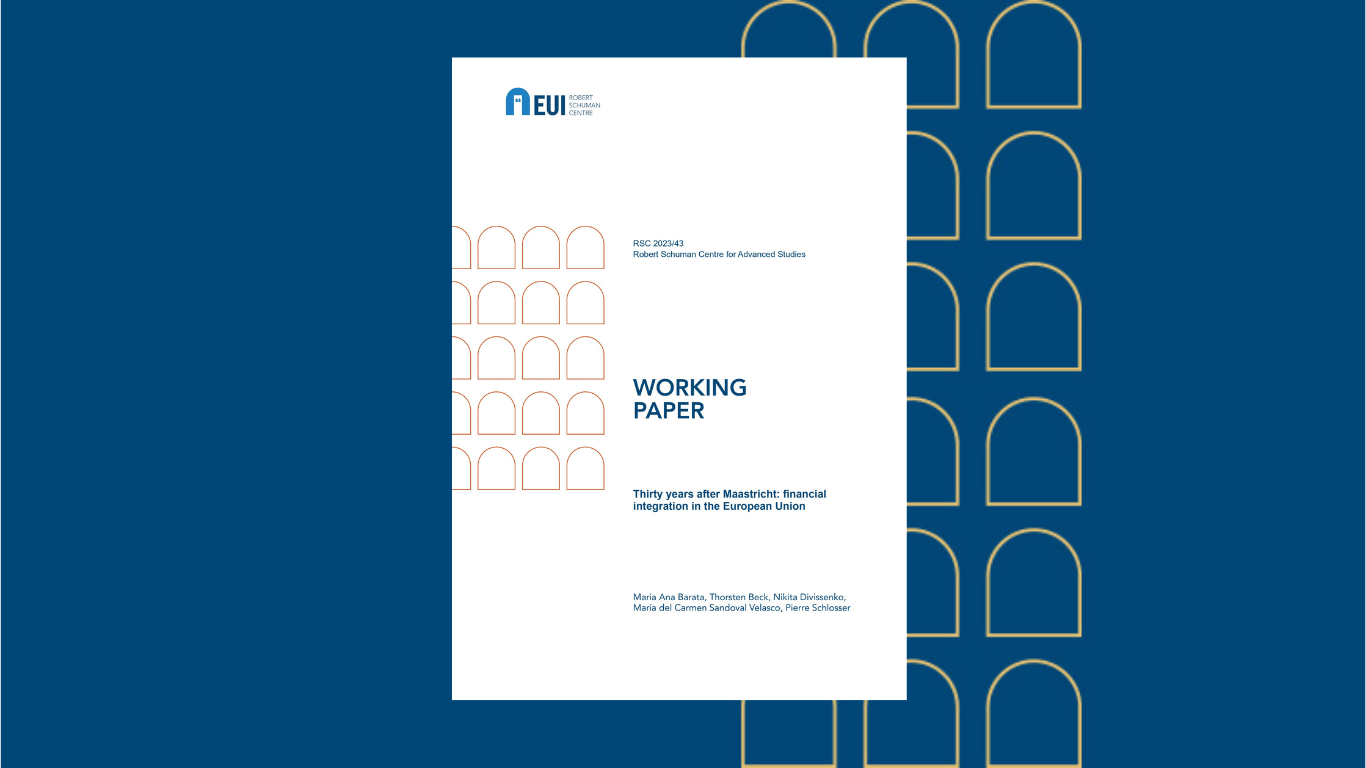Links
Next content
Read more
Mandatory or voluntary? The hybrid nature of sustainability disclosure in the EU’s corporate sustainability reporting directive (CSRD)
Mandatory sustainability reporting has become a key policy tool in the EU’s sustainable finance agenda to enhance the quality, transparency and comparability of sustainability information disclosed by companies. A notable example is the recently...
This paper explores financial integration dynamics in the EU since the Maastricht Treaty by providing an articulated and structured historical narrative that analyses the progress that the EU has made in building the regulatory framework for an integrated financial system by introducing supranational rules and policies. To some extent these have been conducive to financial integration since the creation of the Economic and Monetary Union. The paper identifies key stages in the EU’s financial integration trajectory since the Maastricht Treaty and highlights some of the institutional, regulatory and policy issues that have contributed (and are contributing) to strengthening financial integration in the EU. While revealing a narrative of policy-led financial integration, the paper relies on two complementary analytical lenses: supranationalisation of policies fostering financial integration triggered by crises; and that regardless of crises. The article specifically elaborates on two empirical examples: the Banking Union; and enhancing the Anti-Money Laundering Framework in the EU.
